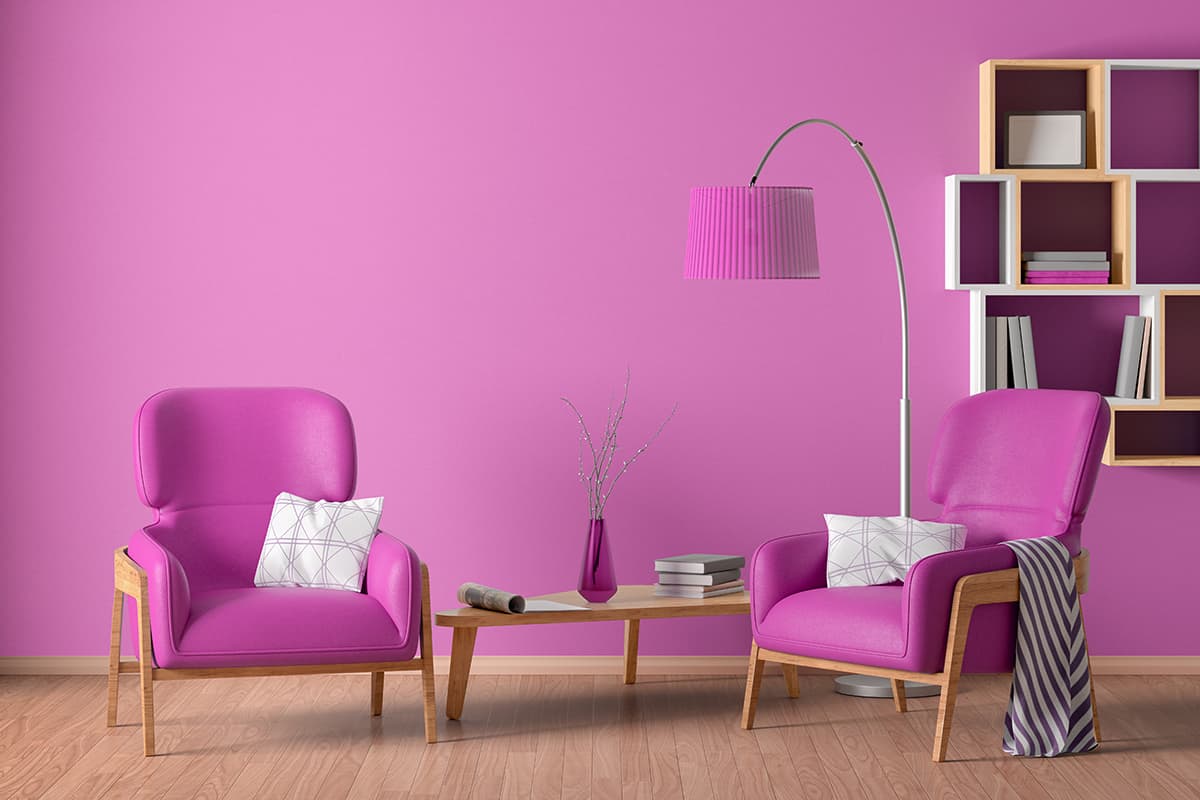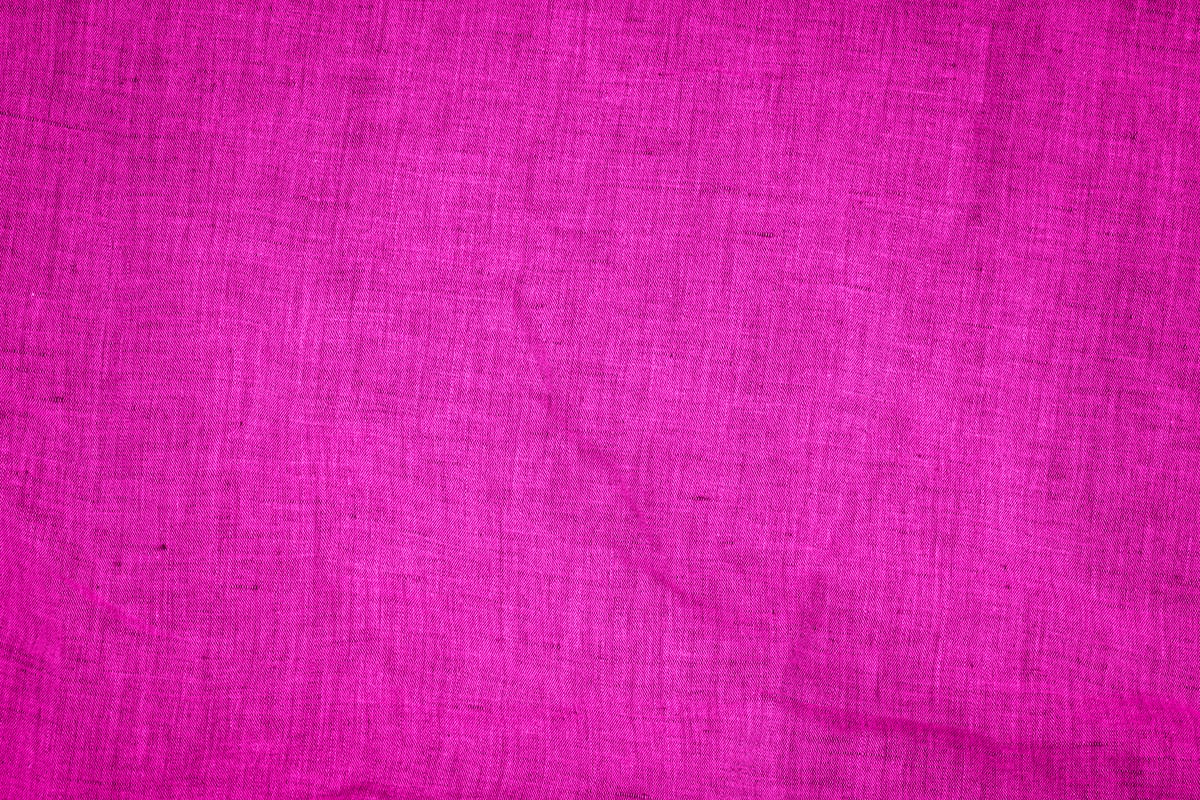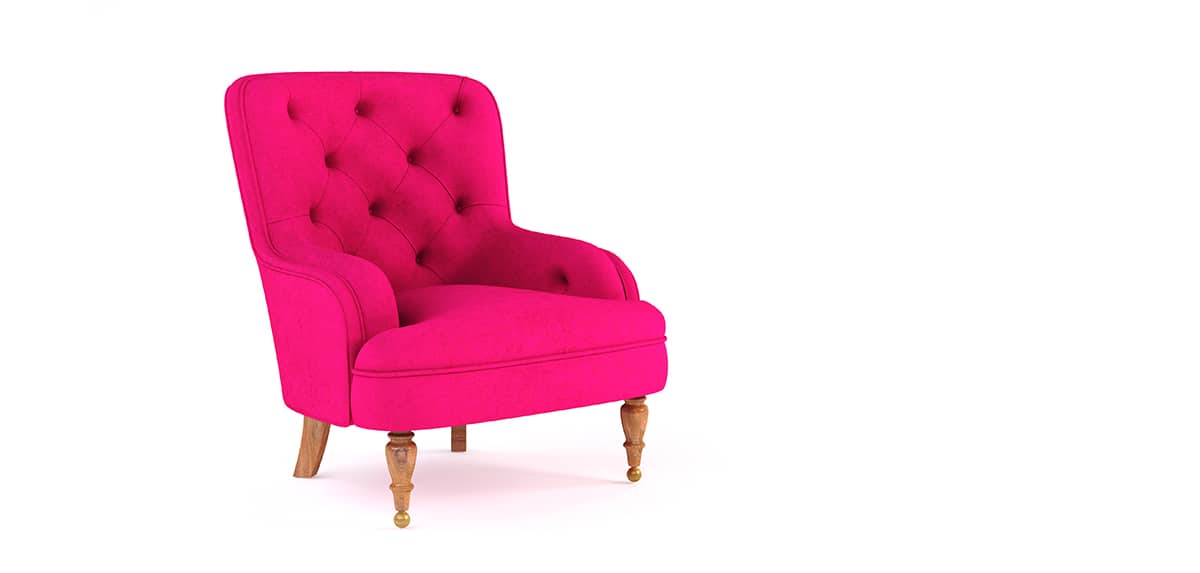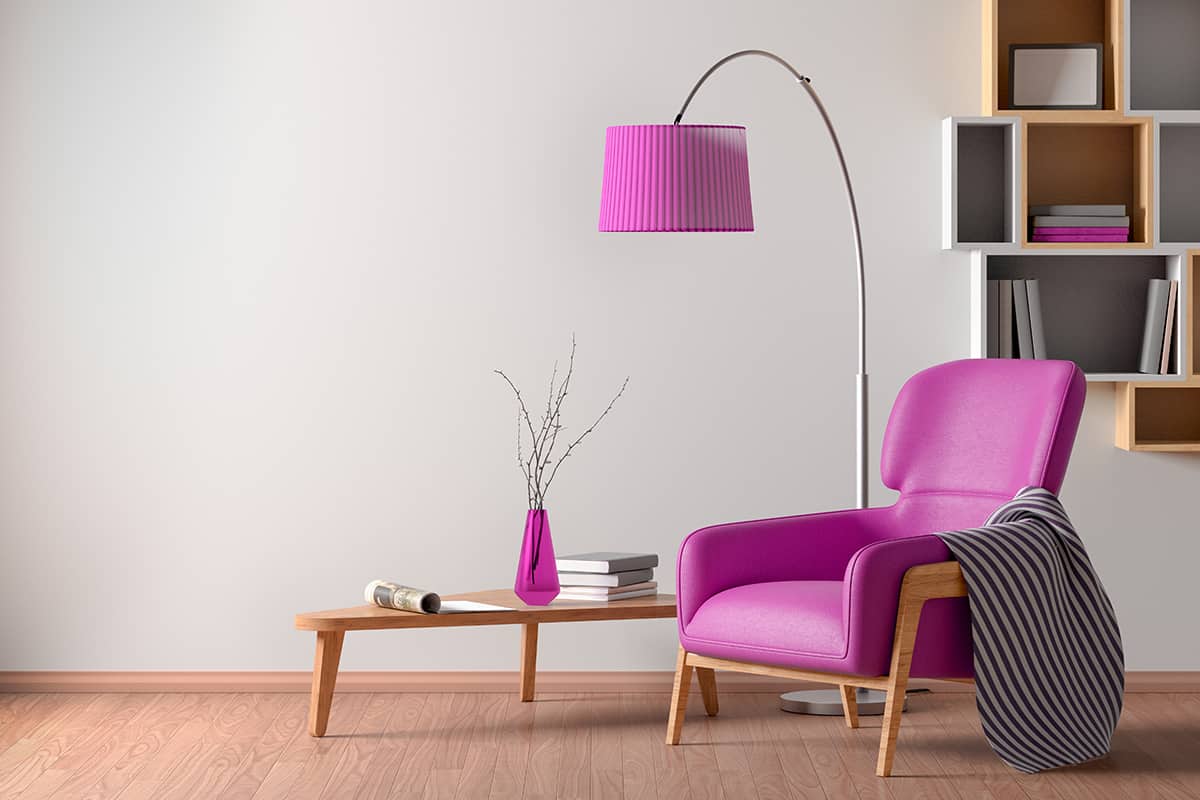Fuchsia is a bright shade of pink, which is achieved by mixing purple and red together. Many people think of this color as being the same as magenta, and while it does have a lot of similarities, it is distinctly more purple than magenta, while magenta leans more towards red.
Fuchsia is a vivid and energizing color that can be used in interior design to create a sense of fun or femininity.
The History of Fuchsia
You may have already realized that fuchsia shares its name with a type of flower, and this is no accident. The fuchsia plant was discovered by a French monk and botanist named Charles Plumier in the very late 17th century, and he named it after the famed 16th-century German botanist Leonhart Fuchs.
The color was subsequently named fuchsia after the bright pink-purple flowers on the plant.
The Meaning of Fuchsia
The color of fuchsia symbolizes confidence, maturity, and certainty. It is a bold and defined color that is strong and unapologetic; these are traits that can be inspiring for some people though it may make other people turn away from arrogance.
Fuchsia is a fun-loving color that makes it popular among children and teenagers, especially girls, due to its links with femininity.
Fuchsia in Interior Design
Fuchsia is a very strong and bright color that can be overwhelming when used in large amounts, so if you want to incorporate this color into your interior decor, then you’ll need to do so with this in mind and refrain from using it too heavily.
Here we look at the ways fuchsia can be used to create stylish interiors.
Accent color
A popular balance of color in interior design is 60:30:10. This involves choosing one color that you use across 60% of the space, another color that you use across 30% of the space, and a final color you use across 10% of the space.
It is a good idea to use fuchsia as an accent color, either for the 30% or 10% portion of the room, in order to prevent a feeling of overstimulation from this bold color.
Using an accent color, this vivid can be great for drawing attention to certain parts of the room. For example, if you want your fireplace to stand out, you could paint it in fuchsia or frame a window with fuchsia curtains if you want to make a feature out of your view.
Statement item
A really fun way to use fuchsia is to use it on one item in the room to make a quirky statement. The item you pick should be of a reasonable size, such as an area rug or a sofa because a single candle holder in fuchsia isn’t going to make much of an impact. You can use this color to transform the style of a room and make it more relevant and modern.
The way to do this is to choose a piece of furniture that works with the style of your decor, but have it in fuchsia to stand out from everything else and make a bold point.
A good example of this would be in a neutral-colored room with antique-style furniture. Have one of your antique armchairs upholstered in fuchsia pink velvet, and it will instantly become a playful room rather than a stuffy, old-fashioned room.
Base color
If you are in love with fuchsia and want it to be the primary color in a room, then you can do this as long as you choose the right colors to pair it with.
Fuchsia pink can work really well in small rooms such as bathrooms because it will make a big impact, but due to there being less wall surface area, it won’t be hugely overwhelming.
Good colors to use with a fuchsia-based room are neutrals and metallics. Black, gray, white, and gold are all excellent choices.
In a bathroom, you could paint the walls fuchsia or use predominantly fuchsia wallpaper. Balance this out with black towels, a black framed mirror, and black accessories with touches of gold.
Try to avoid using other strong colors alongside fuschia if fuchsia is your base color, and instead, find some neutrals to break up the bright color.
In a bedroom, use white bedding and white curtains with fuchsia walls. Some people choose to use purple with fuchsia, but that can look gaudy and overstimulating.
Patterns
As fuchsia is such a vibrant and demanding color, a good way to incorporate it into a room is via patterns instead of solid chunks. A beige cushion with some fuchsia embroidery or a fuchsia pom-pom trim is going to look much more stylish and classy than a plain clock-colored fuchsia cushion.
This premise can be carried across all soft furnishings; consider patterned fabrics featuring fuchsia for curtains, bedding, and upholstered furniture, rather than solid fuchsia textiles. Wallpaper with fuchsia patterns on it will be easier on the eye than fuchsia-painted walls.
Wall art
Much like fabric with fuchsia patterns, artwork featuring fuchsia elements hanging on your walls can be a striking and sophisticated way to bring this color into your home decor.
You could then pick out the color from the wall art and add it to a few other touches in the room to tie the color scheme together, for example, a book on a shelf with a fuchsia spine or a fuchsia candle.
Neon lights
Neon lights have become a really trendy feature to have at home, especially in kitchens and common living areas. One of the most popular colors of neon lights is fuchsia, so adding this type of light fitting to your space can be a really fun way to incorporate the color into a room.
It will make a bold impact, especially when lit, and will add a lighthearted feel to decor. Neon lights can also be used to send a message or create a particular type of vibe in a space, as these are often designed as wall art to spell out a word.
For example, in a kitchen, you might install a fuchsia pink neon light that reads “Let’s Drink,” or in a bedroom, it may simply read “Love.”
Colors that Go with Fuchsia
| Shade | Hex Code | CMYK Color Code (%) | RGB Color Code | Color |
| Fuchsia | #f700f6 | cmyk(0%, 100%, 0%, 3%) | rgb(247, 0, 246) | |
| Navy Blue | #01017c | cmyk(99%, 99%, 0%, 51%) | rgb(1, 1, 124) | |
| Charcoal Gray | #3a3f40 | cmyk(9%, 2%, 0%, 75%) | rgb(58, 63, 64) | |
| Emerald Green | #009572 | cmyk(100%, 0%, 23%, 42%) | rgb(0, 149, 114) | |
| Citrine | #ddc90a | cmyk(0%, 9%, 95%, 13%) | rgb(221, 201, 10) | |
| Sapphire Blue | #0f4fb4 | cmyk(92%, 56%, 0%, 29%) | rgb(15, 79, 180) | |
| Amethyst | #9562c7 | cmyk(25%, 51%, 0%, 22%) | rgb(149, 98, 199) | |
| White | #ffffff | cmyk(0%, 0%, 0%, 0%) | rgb(255, 255, 255) | |
| Black | #000000 | cmyk(0%, 0%, 0%, 100%) | rgb(0, 0, 0) | |
| Gold | #deb20b | cmyk(0%, 20%, 95%, 13%) | rgb(222, 178, 11) |
The colors you pair with fuchsia will depend on the type of style you want to achieve. For a sophisticated color palette with small accents of fuchsia to add an element of fun, consider dark, heavily saturated shades, such as navy blue and charcoal gray color combinations.
Jewel tones work beautifully with fuchsias, such as emerald green, citrine, sapphire blue, and amethyst.
Fuchsia can also work nicely with off-white shades, which are warm neutrals to create a casual and feminine feel in a room. For metallic features in a room, consider warm colors to go with fuchsia, such as gold or brass.
Silver will work with fuchsia, but it can make a space feel cold as fuchsia itself lacks warmth. Black tinted metals such as black nickel and black chrome will work well with fuchsia because fuchsia pink and black make for a striking contrast of colors.









